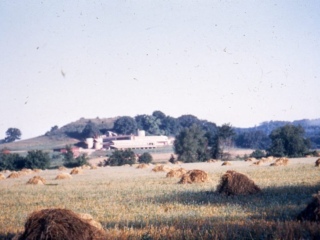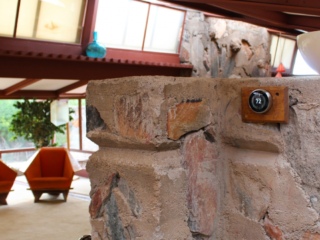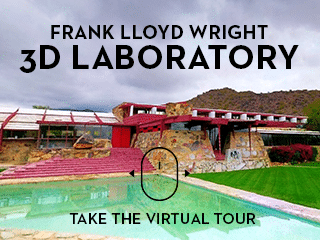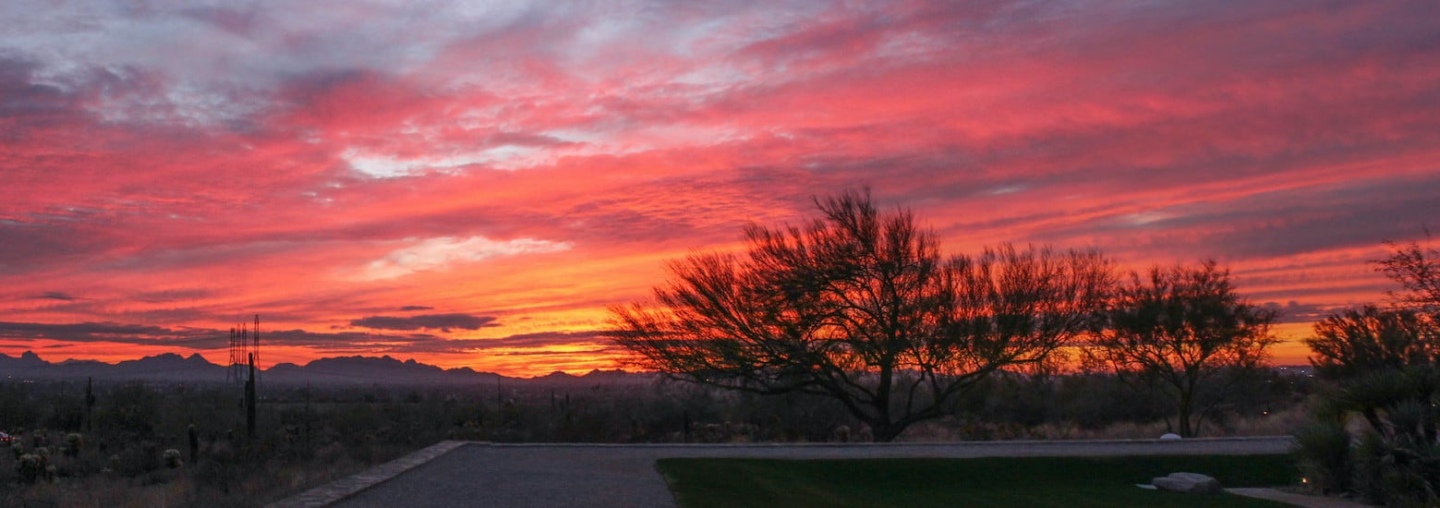
Frank Lloyd Wright Virtual Classroom: Air Pollution Experiment
Frank Lloyd Wright Foundation | Oct 7, 2020
This activity challenges you to carefully observe the air quality around you and how much air pollution might be in your own city or hometown. Learn how Frank Lloyd Wright planned a design for a city without cars, railroads, or tall buildings in hopes of decreasing air pollution to find ways to create a more healthy, sustainable way of living.
Frank Lloyd Wright was always striving, in his own words, “to make life more beautiful, the world a better one for living in, and to give reason, rhyme, and meaning to life.” Many of Wright’s designs, like his city design called Broadacre City, proposed several ideas around sustainable living that could help decrease pollution. In Broadacre City, Wright developed a city design that would cut back on air pollution. In this design, he did not include railroads or street cars, and there were no large, tall buildings. Broadacre City was planned so that each individual would have one acre of land to promote more greenery in the city and lessen pollution. Unfortunately, this Wright design was never built. It is important to understand that many structures we build today are still not climate friendly, and that there is more than just air floating around us. This short activity will help us see the air pollution around us and how Wright’s Broadacre City, designed in the 1930s, remains not only relevant, but more important today than ever.
Materials:
-
A piece of clear plastic, such as a plastic plate or cup
-
Petroleum jelly (Vaseline)
-
A small rock or heavy paper weight object
-
A sheet of white paper
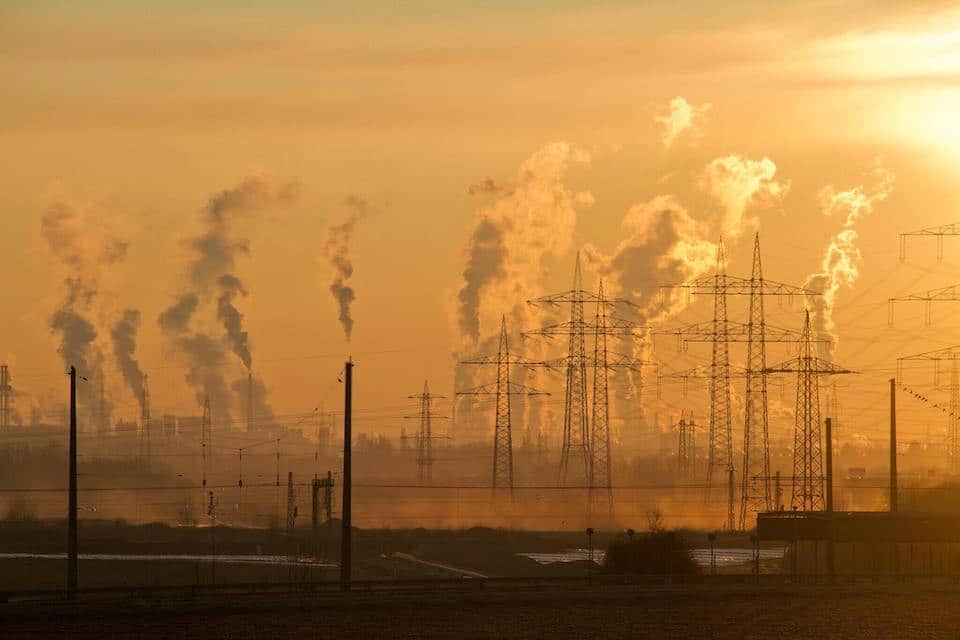
Instructions:
-
Individually or with your family, spread petroleum jelly on to your piece of plastic.
-
Using a rock or other heavy object to weigh down your coated plastic, place it somewhere outdoors where you can leave it for 24 hours.
-
Take a picture of the plastic with the petroleum jelly on it. This is your “Before” picture.
-
Grab a notebook or piece of scrap paper and write some predictions of what will happen to the jelly after it is left outside for 24 hours. Things to think about: Will it change colors? Will it slide off? Will there be something stuck to it?
-
After leaving it out for 24 hours, bring the piece of plastic inside. Place a white piece of paper behind it or inside it to make it easier to see the particles that have collected in the petroleum jelly.
-
With your family or friends, discuss what you see and how it got there. Take the “After” picture of the plastic cup or plate at this moment. Below are some things you can discuss:
-
-
Compare both pictures with your friends and family. Ask each other what caused the difference.
-
Ask if they can see where the air pollution particles are on the plastic.
-
Talk about why air quality is so important.
-
Ask how we can improve our air quality in cities.
-
Don’t forget to share with us!
When you are finished with your discussion about air quality and pollution, email your “Before and After” pictures to the Frank Lloyd Wright Foundation at: education@franklloydwright.org.
Explore more sustainable ideas:
See our Frank Lloyd Wright Foundation series, Living With Nature. Here, we share methods and provide some tips on how you can incorporate more sustainable practices into your own home and life to contribute toward making life better and richer for all of us today.

